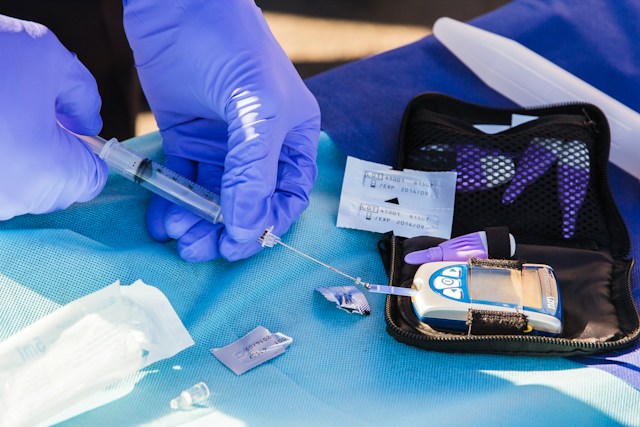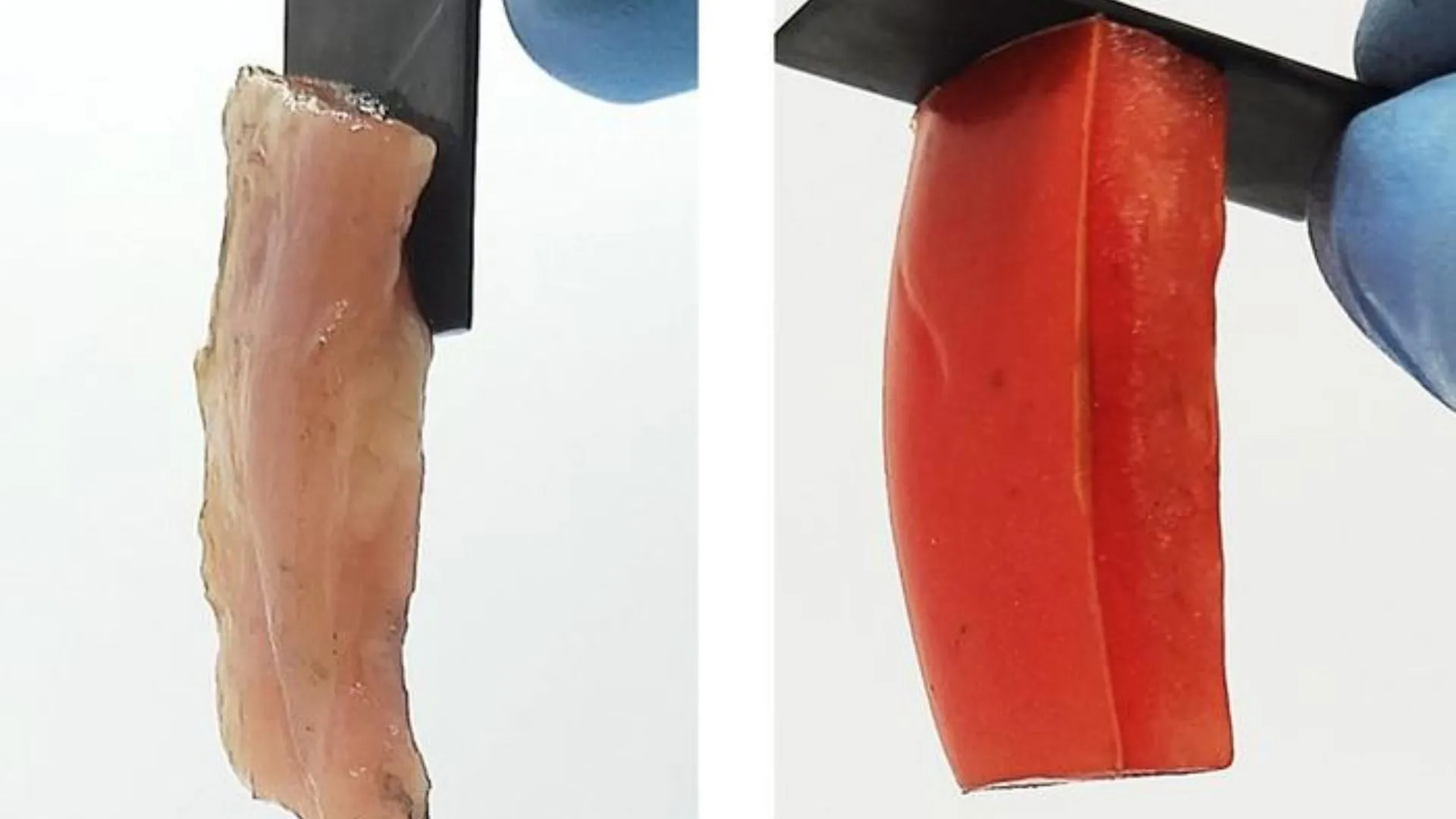Graphene, a material lighter than paper yet harder than steel, is gaining attention for its diverse applications in many sectors. Beyond its popular applications in electronics and energy storage, its potential in neuroelectronic therapeutics is now being explored.
With its versatility and ability to interact with the body, graphene can be used to create advanced medical devices such as non-invasive medical sensors, health monitors, and sensors. Graphene has the ability to be sensitive to small changes in the body, helping to monitor and diagnose diseases earlier, providing a more accurate and non-invasive diagnostic method.
Acknowledging Grephene’s benefits, researchers from the Catalan Institute of Nanoscience and Nanotechnology (ICN2) have worked with the Universitat Autònoma de Barcelona (UAB) and various national and global partners to develop graphene-based neurotechnology called EGNITE (Engineered Graphene for Neural Interfaces). This development is the result of years of dedicated research by ICN2 and the University of Manchester under the European Graphene Flagship project.
Built upon the inventors’ expertise in carbon nanomaterial fabrication and medical translation, EGNITE uses nanoporous graphene and semiconductor industry-standard processes to create 25 µm diameter graphene microelectrodes. These microelectrodes have low impedance and high charge injection – both are crucial attributes for creating efficient and flexible neural interfaces.
Collaborative preclinical studies with neuroscience and biomedical experts demonstrate EGNITE’s ability to record neural signals with high fidelity, clarity, and precision. Additionally, the technology facilitates highly targeted nerve modulation. The combination of signal recording and nerve stimulation offered by EGNITE marks a potential breakthrough in neuroelectronic therapeutics, addressing a longstanding gap in neurotechnology advancements over the past two decades.
With a vision to contribute groundbreaking technologies to neuroelectronics and brain-computer interfaces, the research team claims their implantable neurotechnology holds immense potential for revolutionizing brain mapping in neuroscience and treating neurodegenerative diseases in medicine.
Led by INBRAIN Neuroelectronics, the study was first published in Nature Neurotechnology.







